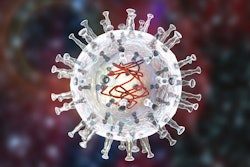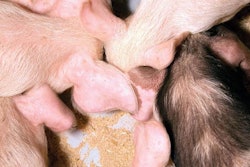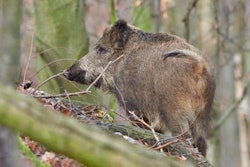Diagnostic test kits can be used to test livestock and increase preparedness for disease outbreaks
The U.S. Department of Agriculture’s (USDA) Animal and Plant Health Inspection Service (APHIS) has purchased diagnostic test kits for the National Animal Vaccine and Veterinary Countermeasures Bank (NAVVCB). This is the first purchase of these kits, used to test livestock for African swine fever (ASF) and foot-and-mouth disease (FMD). The purchases help increase U.S. preparedness to respond to high-consequence foreign animal diseases (FADs).
APHIS placed orders for the test kits using Farm Bill funds and sole-source authority. The purchases were made from the manufacturer of the only APHIS Center for Veterinary Biologics-licensed PCR kits for these two diseases.
APHIS is also announcing the availability of a sources-sought notice that will be posted for 90 days to gather additional information from interested diagnostics manufacturers and developers on their ability to supply test kits or devices for three major FADs: FMD, ASF and classical swine fever (CSF).
Information gathered through the sources-sought notice will be analyzed to determine the potential to include additional test kits/devices and their components in the NAVVCB. APHIS anticipates the need for diagnostic products from more than one source and possibly of more than one type to ensure an adequate supply of these products for a sudden surge of diagnostic samples that could result from an FAD outbreak in the United States.
APHIS is taking this action to better understand options for sourcing these test kits/devices and components for these important FADs. APHIS must have diagnostic testing capacity to sustain the disease surveillance and monitoring of animals during a high-consequence FAD outbreak. Without an adequate supply of test kits, disease control and eradication would be challenging; domestic commerce in live animals and their commodities would be severely disrupted; and recovery of international trade would be extraordinarily difficult.

















